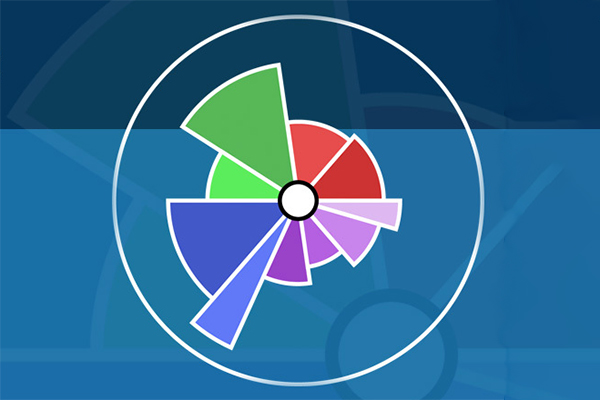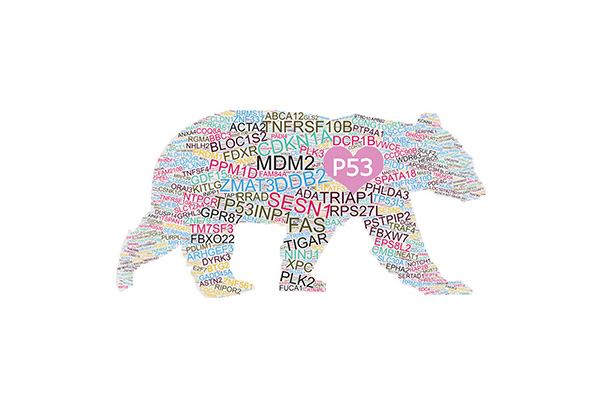Article: Research article, Review
Agents: Air pollutants
Health: Mortality respiratory
Economic: Cost-benefit analysis
NIEHS provides the following databases & galleries as resources to scientists.

Chemical Effects in Biological Systems (CEBS)
The CEBS database houses data of interest to environmental health scientists. CEBS is a public resource, and has received depositions of data from academic, industrial and governmental laboratories.

Comparative Toxicogenomics Database
CTD is a robust, publicly available database that aims to advance understanding about how environmental exposures affect human health. It provides manually curated information about chemical–gene/protein interactions, chemical–disease and gene–disease relationships.

COVID-19 Pandemic Vulnerability Index Quick Start Guide
The Pandemic Vulnerability Index (PVI) consolidated data on COVID-19 spread and community risk factors. It offers county-specific PVI Scorecards in the U.S., visualized using radar charts. Updated continuously from March 15, 2020, to March 23, 2023, the Dashboard can display scorecards for any date within this period, and the data is made publicly available.

Disaster Research Response (DR2) Resources Portal
A repository of data collection tools and related resources curated by the DR2 Program to empower human health research in response to disasters and public health emergencies.

DrugMatrix
The DrugMatrix database is one of the world's largest toxicogenomic reference resources.

Environmental Genome Project
The NIEHS Environmental Genome Project is a multi-disciplinary, collaborative effort focused on examining the relationships between environmental exposures, inter-individual sequence variation in human genes and disease risk in U.S. populations.

EpiShare
EpiShare is a web-based platform for sharing biospecimens and/or datasets with the greater research community.

Human DNA Polymerase Gamma Mutation Database
Human DNA polymerase is composed of two subunits, a 140 kDa catalytic subunit encoded by the POLG on chromosome 15q25, and a 55kDa accessory subunit encoded by the POLG2 gene on chromosome 17q23-24.

Integrated Chemical Environment (ICE)
The Integrated Chemical Environment (ICE) database provides curated data from NICEATM, its partners, and other resources, as well as tools to facilitate the safety assessment of chemicals.

Mouse Genome Resequencing Project
The Mouse Genome Resequencing Project allows users to download the imputed genotypes at all 8 million (8,285,037) SNPs discovered by NIEHS/Perlegen resequencing project.

Nanomaterial Registry
The Nanomaterial Registry compiles data from multiple databases into a single resource.

NIEHS-Funded Epidemiology Resources Faceted Search Tool
The Epidemiology Resources web tool was created to organize and share information about NIEHS-funded environmental epidemiology studies.

Online Resource for Integrative Omics (ORIOS)
A web-based platform for rapid integration of next generation sequencing data.

p53 Resources
p53 Resources incluing the human p53 Binding and Expression Resource (BAER) hub, the p53 ORIO webpage and the p53 cistrome R Shiny application.

Personalized Environment and Genes Study (PEGS)
The Personalized Environment and Genes Study (PEGS), formerly the Environmental Polymorphisms Registry or EPR, is a long-term research project to collect health, exposure, medical and genetic data from a diverse group of people in North Carolina in the United States.

SNPinfo Web Server
A set of web-based SNP selection tools where investigators can specify genes or linkage regions and select SNPs based on GWAS results, linkage disequilibrium (LD), and predicted functional characteristics of both coding and non-coding SNPs.

Spin Trap Database
The Spin Trap Database is a database of more than 10,000 records of published Spin Trapping experiments. The database includes the experimental results (e.g. hyperfine coupling constants) and journal reference information.

Tox21
The Toxicology in the 21st Century program, or Tox21, is a unique collaboration between several federal agencies to develop new ways to rapidly test whether substances adversely affect human health.


